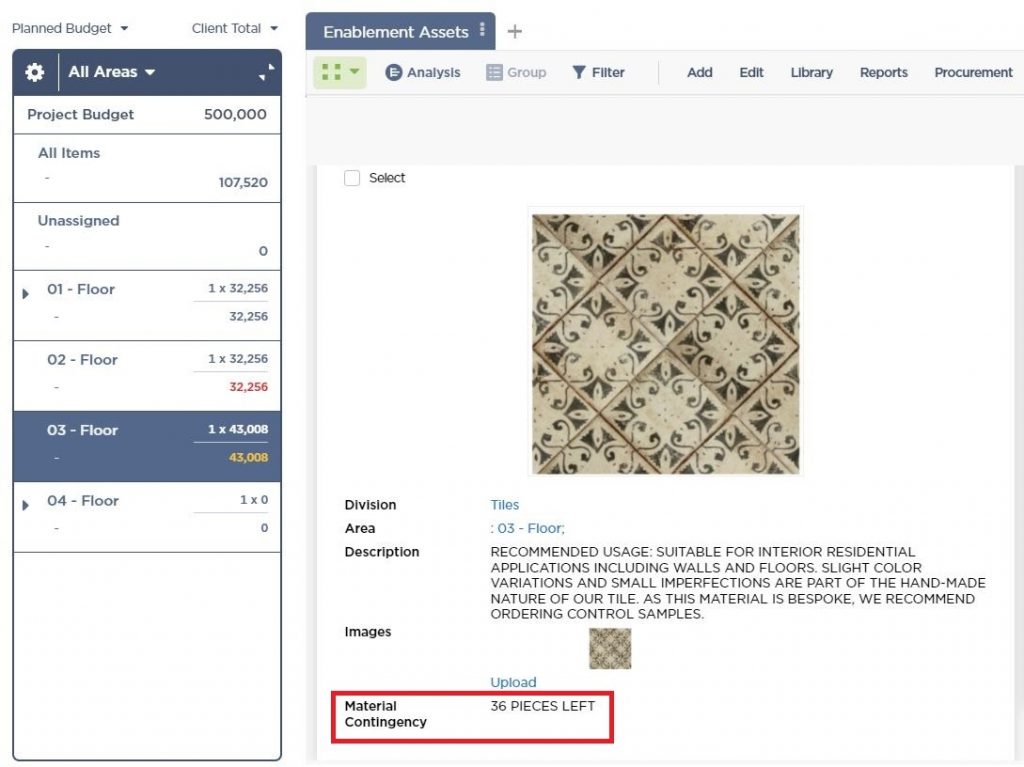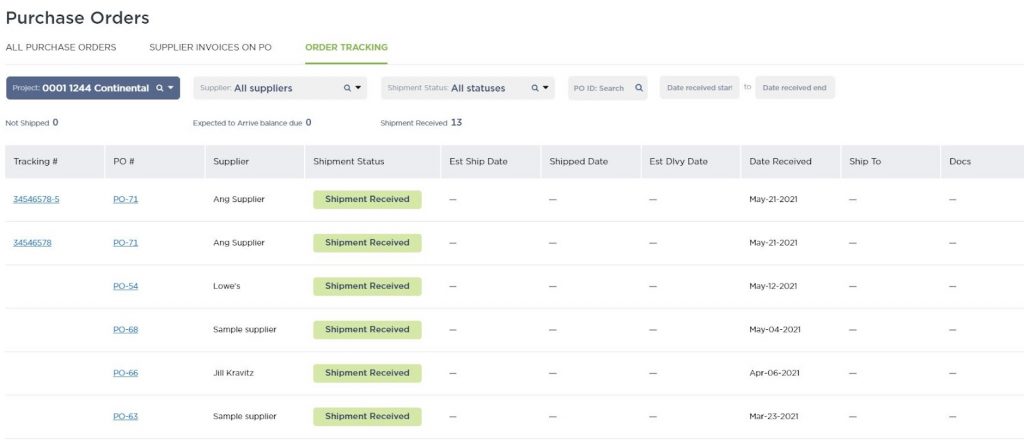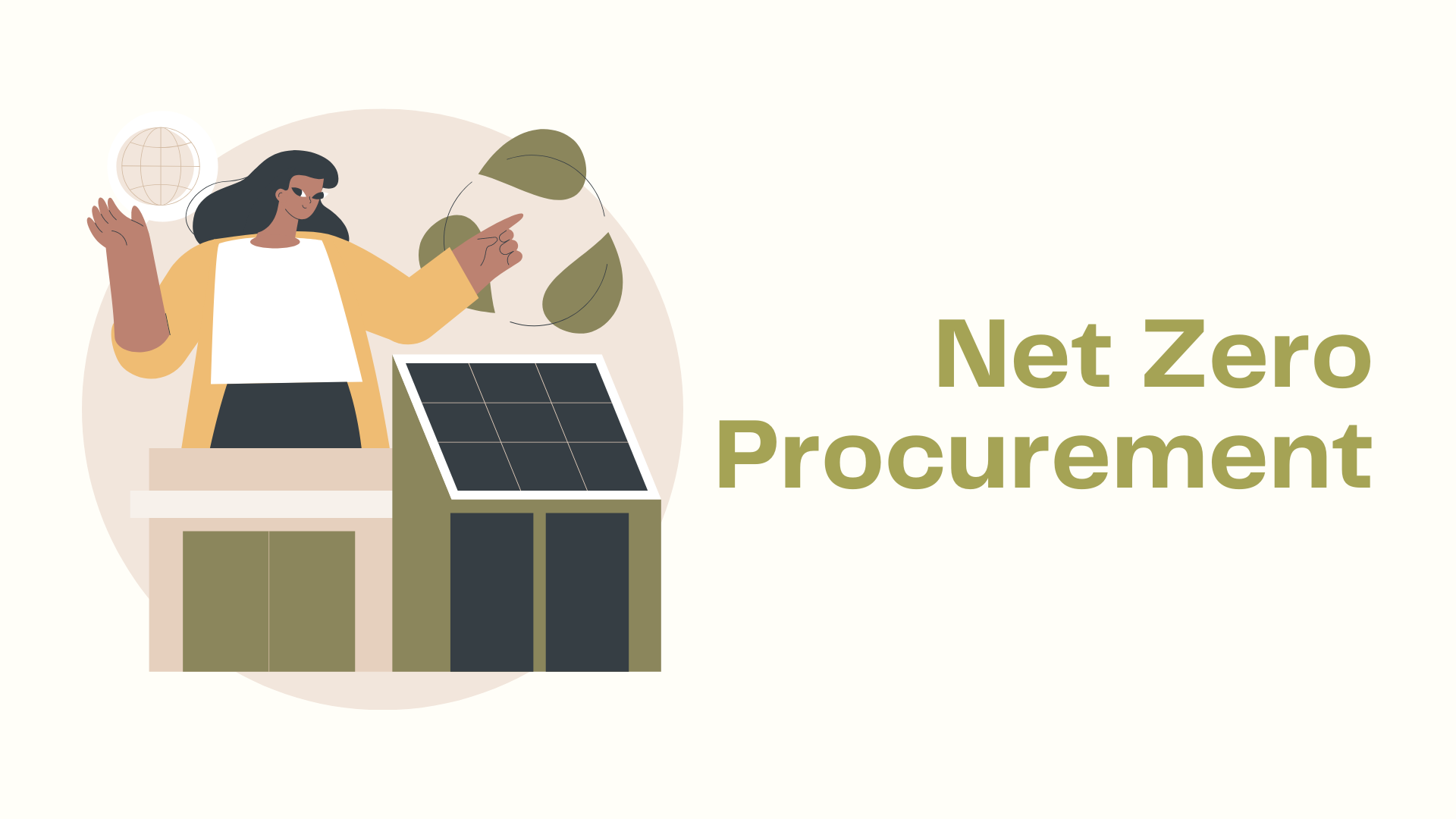Specify, procure, and manage product data at scale. Take on bigger projects with confidence and grow your firm with Fohlio. Schedule a demo or book a consultation with one of our account managers to explore these features today.
The detrimental environmental effects of construction are one of the biggest issues the world is facing today.
According to research, the construction sector contributes to 23% of air pollution, 50% of climatic change, 40% of drinking water pollution, and 50% of landfill wastes. In another research done by Science Direct, they found out that as much as 30% of the materials delivered to a construction site end up as waste.
Learn more: Forget Energy Efficiency: Focus on High-Performance Building Instead
Construction production isn’t expected to slow down within the next couple of years, according to a forecast made by Global Construction Review. In fact, it’s estimated that the construction industry will have grown by 35% in 2030.
That’s a lot of growth and a lot of construction waste.
Thankfully, a lot of big companies have already recognized this and are beginning to take action. Consumers as well have become increasingly more conscious about the sources of their purchases and the effect their choices make on the environment.
And after COP26, financial institutions and businesses are making net zero a core principle.
The Shift to Sustainable Procurement
One of the largest facets of the design and construction industry is procurement. Because this is the area that oversees and regulates the flow of a project’s materials and services, practicing sustainability in the procurement sector could create the most impact.
Sustainable procurement is vital for businesses of all sizes and in all industries. Not only is it good for the environment, it also helps a firm improve its finances and prepare against a variety of difficulties that may destabilize supply networks. This gives significant flexibility for any industry seeking solutions to reduce carbon emissions, giving them the opportunity to participate in the protection of the environment.
Learn more: How to Achieve Hotel LEED Requirements Through FF&E and OS&E
As big and complicated as this sounds, it’s not actually as difficult as you think. Taking your first steps to achieve net-zero is within reach. Just take a look at a few of these neat tips and tricks we’ve gathered for you:
Transparency, transparency, transparency!
Transparency goes a long way in accurate financial forecasting and finding savings opportunities. But more than that, supply chain transparency means having the ability to trace the source of your materials. According to researchers at the MIT Sloan School of Management, consumers may be willing to pay 2% to 10% more to companies that provide greater supply chain transparency.
This matters if you want to ensure that the materials you’re using are from sustainable sources and produced under humane conditions. That could mean anything from wood that doesn’t come from endangered forests or products that were made with child labor.
Learn more: 11 Ways to Manage FF&E Specification and Procurement Costs (Plus, and FF&E Template That Will Save You Time)
Strive for better accuracy when building your contingencies.
Contingency is a safety net for when things go south. While having a good amount of backup materials can drastically reduce time on rework, it’s also important to remember that this can sometimes go a little overboard and become waste.

With Fohlio, you can access past data to track the percentage of material contingencies you have used up in the past and set that up as an average benchmark for your next projects.
This way, you can reduce your project waste.
Source locally.
Since local materials are more abundant in your project’s geographic area – meaning they can be grown and replenished easily – they are less demanding in terms of production, manufacturing, and freight costs.
Not only are you reducing your project’s costs and carbon footprint, you’re also supporting the local economy. Plus, with international supply chains being as unstable as they are, this is a good way to reduce reliance on overseas suppliers.
Learn more: [Recorded Webinar] Procurement During COVID: How to Manage Delays, Pricing Changes, and More
Bonus: Local materials are also a great way to incorporate local flavor into your project’s international brand.

Use columns to label which materials are locally sourced. You can also use the “Filters” option to see all the materials you have grouped together.
Learn more: [Recorded Webinar] Specifying Sustainable and Healthy Materials: Best Practices
Get smarter with routing and order planning.
Organize a strategy for acquiring materials efficiently. This can be done by creating routing plans for the distribution or collection of your materials. Not only will this let you save time, but will also reduce transportation costs and emissions.
On the other hand, planning your orders is also a great way to do your part in taking action towards sustainability. Imagine if thousands of procurement teams across the world started focusing on grouping orders before delivery and not having them shipped one by one. There would be a great reduction in transportation emissions around the globe.

Plan your orders by accessing the procurement tab. Group your orders per supplier and streamline your deliveries.
Upcycle your waste.
Remember the excess from the contingency materials we talked about earlier? Realistically speaking, it’s hard to guarantee that you’ll have no excesses. No worries though: You can upcycle or recycle.
Upcycling is the process of changing by-products, waste materials, worthless or undesirable things into new materials or products deemed to be of higher quality, for artistic or environmental value, is known as creative reuse. Take old lumber: It can be upcycled into woodchips as part of wood particle boards or upcycled wood for a new piece of furniture.
Learn more: How to Take Your Firm to The Next Level With a Digital Materials Library: 9 Ways
Why should you bother with sustainable procurement?
Because it’s our corporate responsibility.
There is no doubt that industrialization, while originally a crucial advancement for humanity, is now primarily responsible for food shortages, global warming, and the consequences of overpopulation on the environment.
Sustainable procurement enables these industries and organizations to take the lead in correcting the damage. It demonstrates that your organization is aware of future consequences and takes them into account when making purchase decisions.
Take a few small steps, and you’re well on your way!
Specify, procure, and manage product data at scale. Take on bigger projects with confidence and grow your firm with Fohlio. Schedule a demo or book a consultation with one of our account managers to explore these features today.
References:
